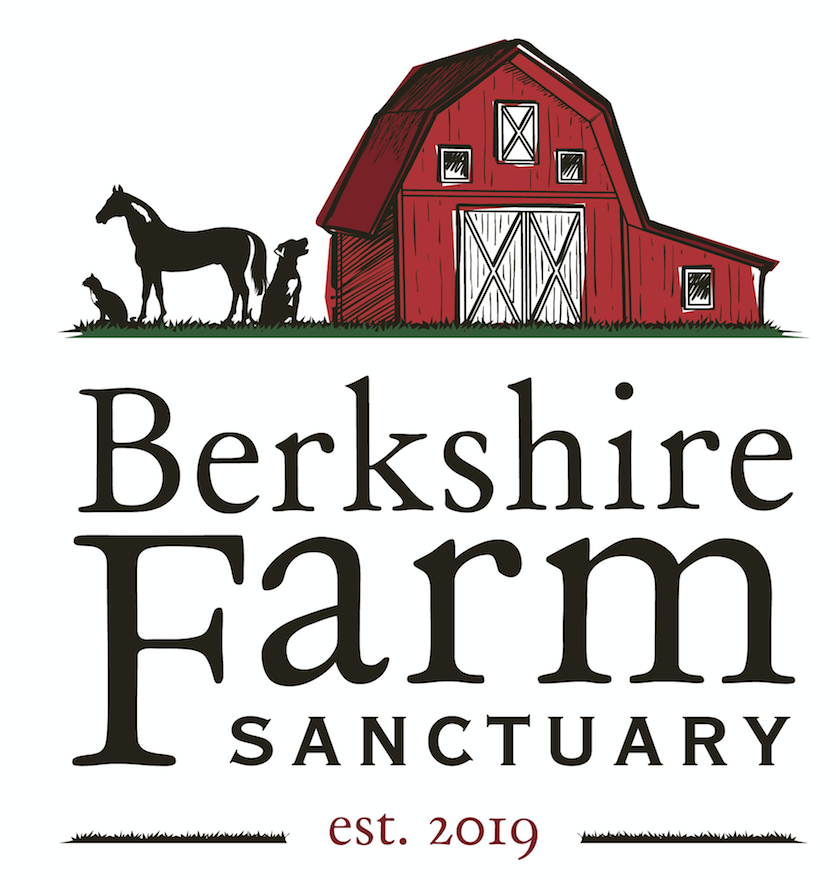
Yes, you can have your ice cream and eat it too… without harming animals
Gone are the days where dairy-based was the only choice for good tasting ice creams. Today we live in a world where we can enjoy this favorite frozen desert and know that no cows suffered for our pleasure. Thanks to plant-based, dairy-free, I can scream, you can scream but no animal had to scream for us to eat ice cream!
Humans love ice cream. That sweet, flavorful frozen dessert that just makes you happy.
-

However, people are becoming increasingly aware that the conventional and factory farmed approaches to dairy, are detrimental to the planet and exceedingly cruel to animals and, with the introduction of plant-based ice cream, and decades of improvement in the taste, more are moving away from once much sought-after dairy.
The earliest known non-dairy ice cream dates back to 1899 and was made of almond or peanut cream. It was nineteen years later when, according to the Soy Info Center, a faculty member at the University of Massachusetts was the first to come up with the idea of soy-based ice cream in his 1918 article “Soy Beans As Human Food”. The first patent for a soy-based dessert made from tofu, flavoring and a sweetener was issued in the United States in November 1922.
.
-

In 1930, the world’s first commercial soy ice cream was introduced -- and even Henry Ford got in on it. Fords’ soy researchers developed an experimental soy ice cream based on fresh tofu curds and soy protein isolates and, by August 1935, the Ford Motor Company founder was serving soy ice cream for dessert at VIP and press luncheons held at the Ford Engineering Laboratory in Dearborn, Michigan.
Over the next several decades, more choices in dairy-free ice creams were hitting the market, and in April 1983, Rice Dream, based on amazake (cultured rice) was introduced, followed by the world’s first non-dairy ice cream sandwich, made with soy ice cream sandwiched between two carob coated honey wafters, being launched two months later.
-

Fast forward to 2005, in the still niche market, So Delicious Dairy Free ice cream was the dominant brand, and it was starting to create more attention and popularity. Today, there are many more choices beyond soy-based: coconut, oat, cashew, almond-based ice creams in a variety of flavors, fill the freezer shelves of many markets. In addition, established dairy brands have launched vegan options in recent years: Ben & Jerry’s, Häagen-Dazs, Breyers, Cornetto, and Magnum, to name a few, providing many dairy-free options for the ice cream connoisseur.
The global, dairy-free ice cream market, according to a 2019 report, was valued at an enormous $455.9 million in 2018 and is anticipated to reach $1.2 billion by 2025. The introduction of brands using innovative base ingredients such as hemp, avocado, or fruit are also expected to help drive demand.
